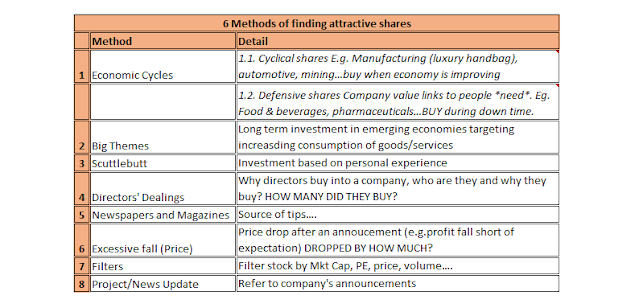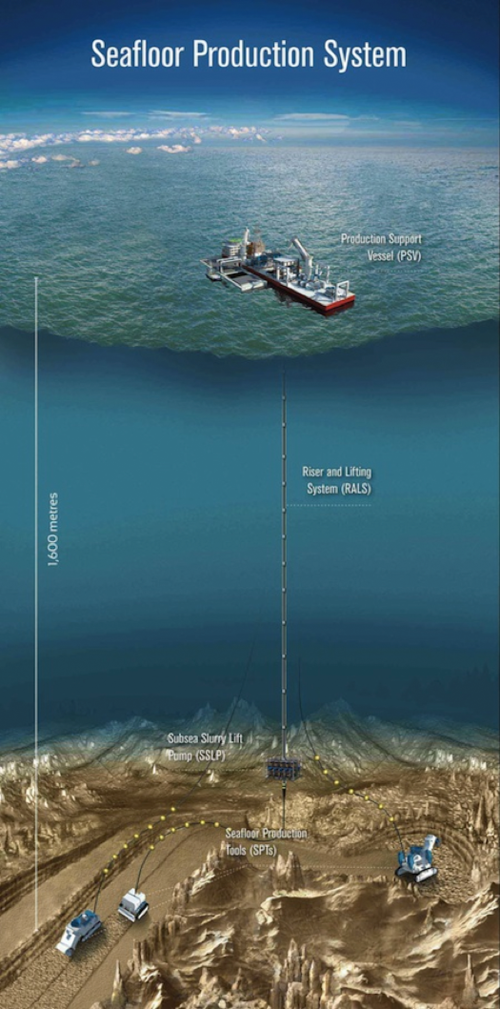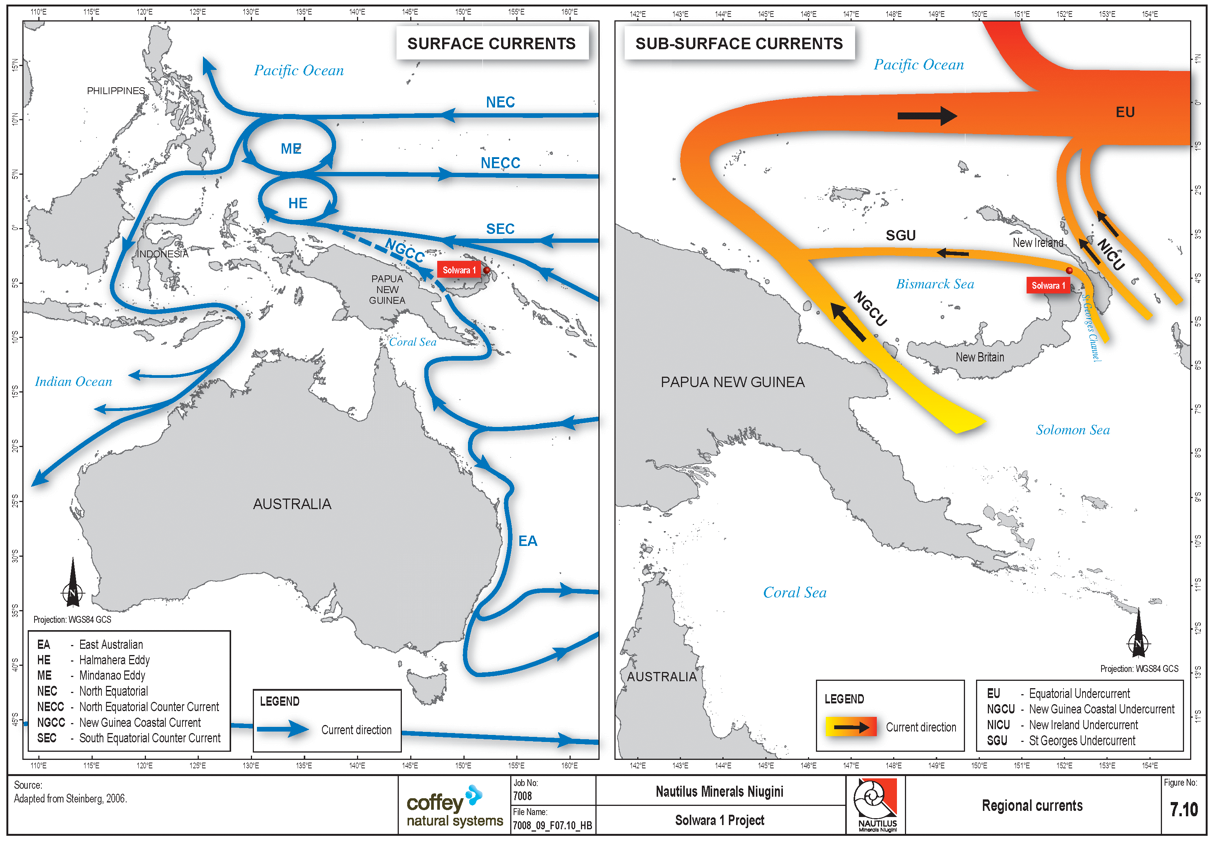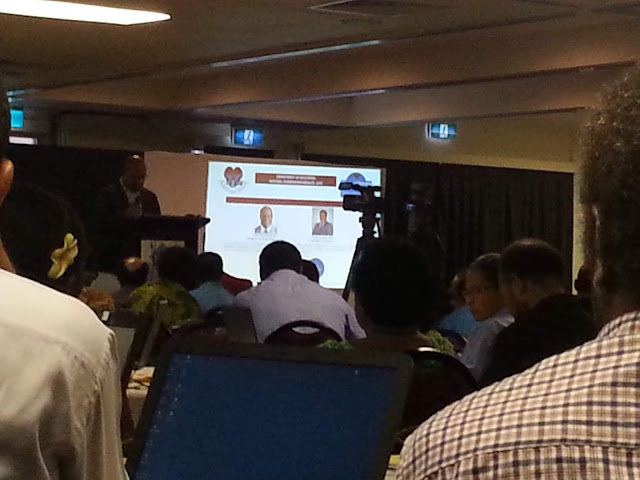The education system has undergone several changes. Here are some highlights of the changes in the School Curriculum and School Structure in Papua New Guinea. To clarify, curriculum change would mean the the change from the Standard-Based Education (SBE) to Outcome-Based Education (OBE) and vice versa. Whereas the Structural Change refers to the arrangement (and rearrangement) of Grades composition within the schools.
Brief
Many students in the 1990s will remember the curriculum change that took place. Talks about the change started in 1993/1994. The actual curriculum shift - from the more established SBE to the troublesome OBE - happened in 1995.
Twenty-one (21) years later, (and after much criticism of OBE) the curriculum reverted to SBE in 2016. This year, 2017, would be the second year of implementing SBE in classrooms around the country. The interesting observation is that there is *no* information about what actually is transpiring in classrooms. It could imply either all is well or something is seriously not right.
Change as a process
Understandably, change – as a process – needs monitoring and reporting on an on-going basis. After 2 years of SBE many questions needing answers as the country's education system moves into the third year of SBE implementation:
Furthermore, in 2015 the Education Department hinted a change in overall School/Education Structure. And, implied to take effect, in 2016, starting with schools in the main centres (This had not materialised). The image gives details of the structural changes, including the attempt changes:
1. Pre-1995 (6-4-2 structure)
3. 2015 structural change (2-6-6)
This was supposed to have taken effect in 2016, but did *not* eventuate. In fact, the change would have completely turned the system upside-down. The pre-primary levels would stay the same. But the primary schools were likely to take in Grades 1 -2 and dissolve Grades 7-8. And, the Secondary Schools would (in turn) have taken in Grades 7-8, hence have Grade 7 - 12 (6 grades altogether!).
4. 2018 - *indication of another* structural change (1-6-6)
Indicated recently through the media, this is another changed hinted to have started in 2018. Teachers, especially the Tok Ples Elementary and Grade 7-8 teachers, will be the obvious group caught in the changing structure.
Foundation years (ages 3, 4, 5 and 6)
It is indicative, in the structural changes, that there are only one or two years at the pre-primary levels. This level of schooling remains a lesser focus area among the on-going educational changes. By this I mean, there is a need for *more* emphasis on *quality* at the early-learning (preparatory) years. For example, the education changes could look at widening the base to 4 years of early learning; or ensure children at these early years are a own group apart; or setting a benchmark where teachers with degree and honours teach the children of ages 3, 4, 5 and 6 years.
The changes cannot ignore the fact that learning taking place at the earlier ages has significant effect on children's cognitive and academic development. A research finding pointed out that:
The changes in PNG's education structure (and curriculum) are for the good of every child, nonetheless. The challenge, going forward, is to re-evaluate and prioritise the early-learning structure - create a stronger foundation.
Many students in the 1990s will remember the curriculum change that took place. Talks about the change started in 1993/1994. The actual curriculum shift - from the more established SBE to the troublesome OBE - happened in 1995.
Twenty-one (21) years later, (and after much criticism of OBE) the curriculum reverted to SBE in 2016. This year, 2017, would be the second year of implementing SBE in classrooms around the country. The interesting observation is that there is *no* information about what actually is transpiring in classrooms. It could imply either all is well or something is seriously not right.
Change as a process
Understandably, change – as a process – needs monitoring and reporting on an on-going basis. After 2 years of SBE many questions needing answers as the country's education system moves into the third year of SBE implementation:
- How are all the key stakeholders monitoring the progress and reporting?
- How are the teachers coping in the classrooms?
- Is there any significant transformation happening in classrooms nationwide?
Furthermore, in 2015 the Education Department hinted a change in overall School/Education Structure. And, implied to take effect, in 2016, starting with schools in the main centres (This had not materialised). The image gives details of the structural changes, including the attempt changes:
1. Pre-1995 (6-4-2 structure)
- 12 years of schooling
- Primary School Grades 1 – 6
- High School Grades 7 – 10
- National High School Grades 11 – 12
- Up to 1995 was the era of SBE
- 12 years of schooling
- Elementary school Grades 1 – 2
- Primary School Grades 3 – 8
- Secondary school Grades 11 – 12
- The era of OBE curriculum dominated by a slow move from the 6-4-2 structure to 2-6-4 structure
3. 2015 structural change (2-6-6)
- 14 years of schooling
- Early years/pre-school Prep 1 – Prep 2
- Primary School Grade 1 – 6
- Secondary School Grades 7 - 12
This was supposed to have taken effect in 2016, but did *not* eventuate. In fact, the change would have completely turned the system upside-down. The pre-primary levels would stay the same. But the primary schools were likely to take in Grades 1 -2 and dissolve Grades 7-8. And, the Secondary Schools would (in turn) have taken in Grades 7-8, hence have Grade 7 - 12 (6 grades altogether!).
4. 2018 - *indication of another* structural change (1-6-6)
- 13 years of schooling
- Pre-school Prep 1
- Primary School Grades 1 – 6
- Secondary School Grades 7 – 12
Indicated recently through the media, this is another changed hinted to have started in 2018. Teachers, especially the Tok Ples Elementary and Grade 7-8 teachers, will be the obvious group caught in the changing structure.
Foundation years (ages 3, 4, 5 and 6)
It is indicative, in the structural changes, that there are only one or two years at the pre-primary levels. This level of schooling remains a lesser focus area among the on-going educational changes. By this I mean, there is a need for *more* emphasis on *quality* at the early-learning (preparatory) years. For example, the education changes could look at widening the base to 4 years of early learning; or ensure children at these early years are a own group apart; or setting a benchmark where teachers with degree and honours teach the children of ages 3, 4, 5 and 6 years.
The changes cannot ignore the fact that learning taking place at the earlier ages has significant effect on children's cognitive and academic development. A research finding pointed out that:
The early childhood education can have long-lasting effects on the children's cognitive and academic development. (Source: RAND, a renown research organisation )One impending question is:
Do the educational changes, such as the structural and curriculum changes, place emphasis on the pre-primary level and early-learning?
The changes in PNG's education structure (and curriculum) are for the good of every child, nonetheless. The challenge, going forward, is to re-evaluate and prioritise the early-learning structure - create a stronger foundation.

























